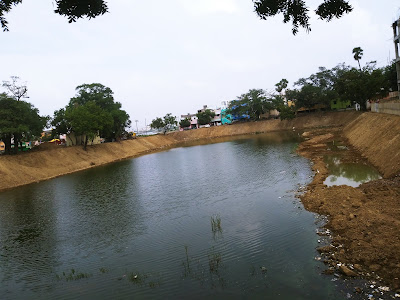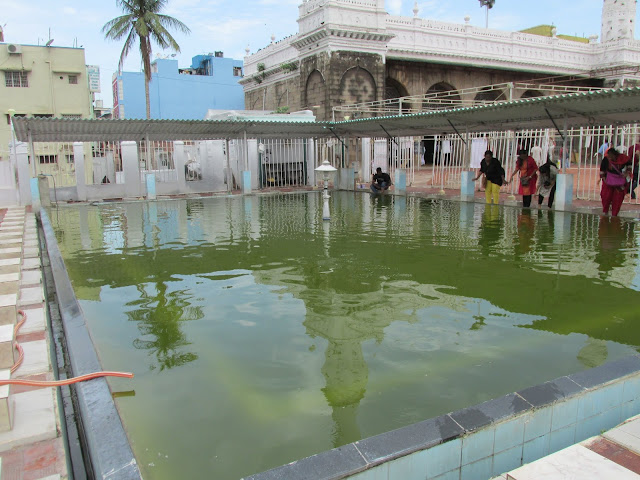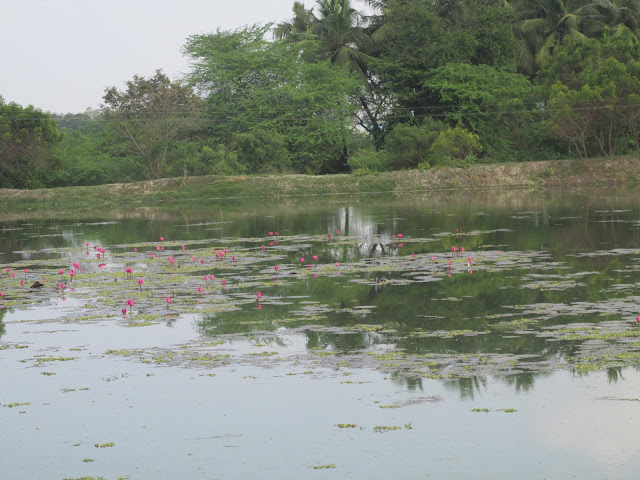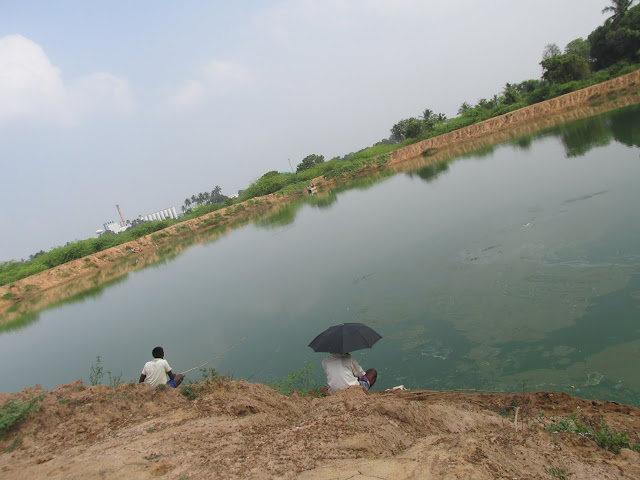Pallikkaranai Vaidyanatha Swami Temple Pond (Waterbodies of Chennai - 46)

This pond is located on one of the busiest roads in Chennai, Tambaram-Velachery Road in Pallikkaranai. Thousands of us pass through this place every day. We hardly notice this pond. Many of us do not even know about its existence. How many of us are bothered to worry about the sorry state of this tiny waterbody? The pond occupies an area of around 0.3 acres now. I am sure it has shrunk to half of its original size. It has clearly encroached from three sides, and the remaining area is poorly or hardly maintained. The locals use this merely as a place to throw garbage. Thus, a supposed to be beautiful pond is turned into a drain. The pond belongs to Vaidyanatha Swami temple, which is located next door. When I decided to pray to Lord Vaidyanatha seeking help to protect this pond, I could see the board in his temple seeking financial aid. Happy travelling. Note: As per a report, there were about 650+ waterbodies in the Chennai region till the 1980s. Today, only a fraction of th...











